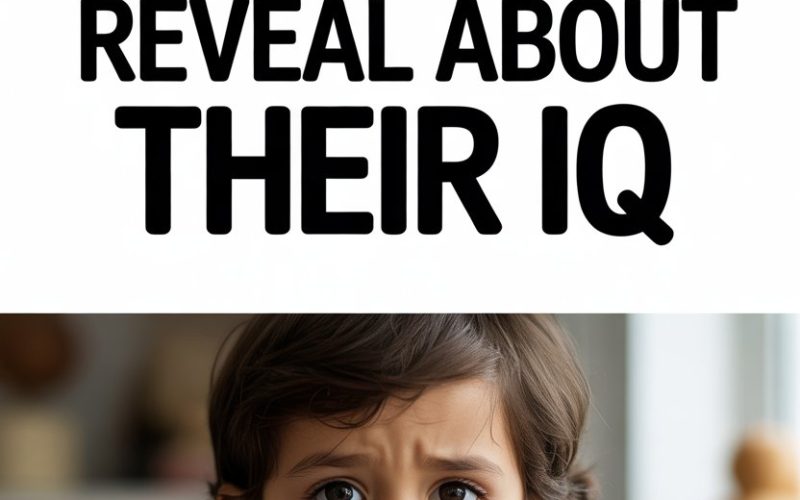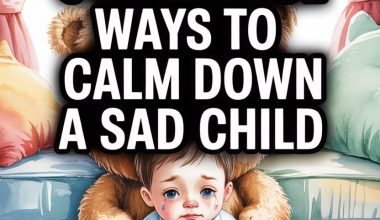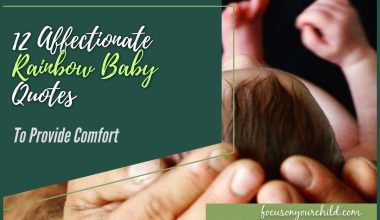Every parent knows the moment: you catch your little angel with a suspiciously chocolate-smeared mouth, yet they insist the biscuit tin hasn’t been touched.
It’s enough to make you wonder if you’re raising a budding con artist—or a future Nobel laureate.
Turns out, childhood fibs are more than just sticky situations. They’re a window into your child’s developing mind, and—brace yourself—sometimes a sign of intelligence at work.
Why Kids Tell Porkies
Children aren’t born with a copy of ‘How To Get Away With It’ tucked under their arm. Telling a fib is a complex achievement requiring memory, planning, self-control, and a basic grasp of what other people know or don’t know.
Psychologists call this “theory of mind”—the ability to understand that others have thoughts, beliefs, and perspectives different from your own.
Researchers at the University of Toronto found that children who lied successfully on a sneaky candy test scored higher on measures of executive function (the mental air-traffic control system that manages self-control, working memory, and flexible thinking) than their more honest peers.
In other words: if your child is weaving a tall tale about how the goldfish “jumped out” and fed itself, that’s not just mischief—it’s mental gymnastics.
The Building Blocks of a Good Fib
Don’t worry, we’re not training the next generation of smooth-talking politicians. But it does help to understand what goes into a convincing whopper.
To pull off a lie, a child needs to:
- Recognize what you know and don’t know.
- Come up with a believable alternative story.
- Keep the details straight over time.
- Resist the urge to blurt out the truth when pressed.
These are big asks for a brain that, until recently, thought peekaboo was a magic trick.
Kids who manage it are usually ahead in their cognitive development.
Dr. Kang Lee, a leading expert on deception and child psychology, has found that a child’s first successful lie is often a milestone indicating advanced mental skills.
It’s not unlike the first time they tie their shoes or recite the alphabet backward—just with more sugar involved.
What Lying Says About Problem-Solving
Spinning a yarn is rarely just about escaping trouble. It’s often a creative solution to a problem: “How do I avoid getting told off for painting the dog blue?”
This creative, flexible thinking is a hallmark of bright children.
A study published in the journal Developmental Psychology suggests that children who lie well can juggle multiple pieces of information, predict likely outcomes, and tailor their responses to fit the situation.
They’re practicing skills that will someday help them negotiate bedtimes, job offers, and, possibly, car insurance rates.
Of course, there’s a difference between a child who fibs now and then, and one who’s spinning elaborate webs worthy of a Netflix miniseries.
Persistent lying, especially if it’s malicious or harmful, can signal other issues—but garden-variety fibbing is usually your child working out how the world works.
When Lying Gets Smart—And When It Gets Sneaky
Some white lies are just social lubrication. We all know not to say, “Wow, Grandma, this casserole tastes like old socks.”
Kids catch on to this around age 4 or 5, when they start to understand the need to protect others’ feelings.
Researchers call these “prosocial lies”—the sort that smooth over social bumps. Children who tell prosocial lies often show higher emotional intelligence, empathy, and social awareness.
On the other hand, if your darling is constructing elaborate alibis to cover for every single missing biscuit and blaming it on the dog, you might want to pay attention.
Persistent or elaborate lying can indicate anxiety, fear of punishment, or a need for more positive attention.
How to Respond When You Catch a Lie
If your child’s fibbing has left you with one eyebrow permanently raised, don’t panic. The way you handle those moments can teach more than any lecture.
Stay calm. Getting angry or shaming a child for lying can shut down communication. Instead, try something like, “That’s an interesting story. Tell me what really happened.”
Focus on the underlying issue. Sometimes, children fib because they’re worried about disappointing you, or because the consequences for telling the truth are too harsh.
Let them know mistakes are OK and that honesty is valued.
Praise the truth—even if it comes out after a fib. When you say, “Thank you for telling me the truth. That was brave,” you reinforce honesty as a family value.
Signs of High IQ in Child Lying
If your child’s lies seem especially clever, you might be onto something. High-IQ fibbers often:
- Adapt their stories to fit new information (e.g., “Actually, it was after dinner the goldfish jumped”).
- Use logic to back up their claims (“If I did it, why are my hands clean?”).
- Remember details from previous conversations (watch out; these kids make sharp lawyers).
- Show strong verbal skills and quick thinking in conversation.
No one’s suggesting you hand out medals for dishonesty. But you can take a deep breath and recognise the mental gears whirring away behind those cheeky grins.
Lying, Age, and Brain Development
Not all fibs are created equal. Younger children (aged 2-3) often tell “wishful lies”—they genuinely believe that saying something makes it true. (“No, I didn’t draw on the wall with crayons,” says your Picasso-in-training, while still holding the evidence.)
By ages 4 or 5, kids start to understand what others think and begin to craft more believable stories. This is when you’ll notice those little glimmers of cunning—suspiciously clean hands, “forgotten” chores, and strategic distraction tactics.
Older children and teenagers take it up a notch. At this stage, lying can be practice for more sophisticated thinking: weighing risks, predicting reactions, and even managing social relationships.
Teens, for example, will often justify a white lie as protecting someone’s feelings or “not wanting to worry Mum.”
When to Worry
While most lying is part of normal cognitive development, some red flags are worth noting.
If your child seems to lie compulsively, without any clear reason or positive outcome, it can be a sign of underlying anxiety, low self-esteem, or even an attempt to control confusing situations.
Pathological lying is rare, especially in young children. But if you notice a pattern of lying that’s persistent, manipulative, or harmful to themselves or others, it might be time to check in with a mental health professional.
Honest conversations at home, and modelling truth-telling yourself, go a long way—sometimes more than any clever tactic.
Nurturing Honesty Without Squashing Intelligence
You want your child to be clever, but not at your expense (or your biscuit tin’s). It’s a balancing act—encouraging creativity, critical thinking, and empathy, while gently steering them towards honesty.
Model honest behaviour. Children learn more from what you do than what you say.
If you fib to get out of dinner with the in-laws, don’t be surprised when your child invents a headache to avoid maths class.
Create safe spaces for the truth. When children know they won’t be punished harshly for mistakes, they’re more likely to come clean.
Talk about feelings. Help your child name the emotions behind their fibs—fear, embarrassment, desire to impress. This builds emotional intelligence and trust.
Set clear, consistent boundaries. Make it clear that while creative thinking is valued, honesty matters. When children know where the line is, they’re less likely to cross it just to see what happens.
Turning Tall Tales Into Teachable Moments
Catching a child in a fib is less an emergency and more an opportunity. Use those moments to talk about why honesty matters, how lies can hurt, and why sometimes the truth feels hard.
Try role-playing scenarios. “What would you do if you broke a vase by accident?” Talk through the possible outcomes, both short-term and long-term.
Read stories about honesty. Classic tales like The Boy Who Cried Wolf (or the slightly less traumatizing Pinocchio) can spark discussions about trust, consequences, and the power of telling the truth.
Above all, keep your sense of humour. Every parent has been outwitted by a child with chocolate on their face. It’s part of the job description.
What’s Really Behind the Lies
At the end of a long day—biscuit tin raided, goldfish accounted for, walls re-decorated—those little fibs your child spins might just be their brain’s way of flexing its muscles.
Each white lie is a signpost on the road to cognitive development, creativity, and social savvy.
Intelligence is a many-splendored thing. Lying, as odd as it sounds, is just one quirky piece of the puzzle.
With warmth, patience, and just a pinch of parental cunning, you can help your bright spark grow into a smart, honest, and emotionally literate young person.
And maybe, just maybe, keep your biscuits safely hidden—at least until they’re old enough to buy their own.





